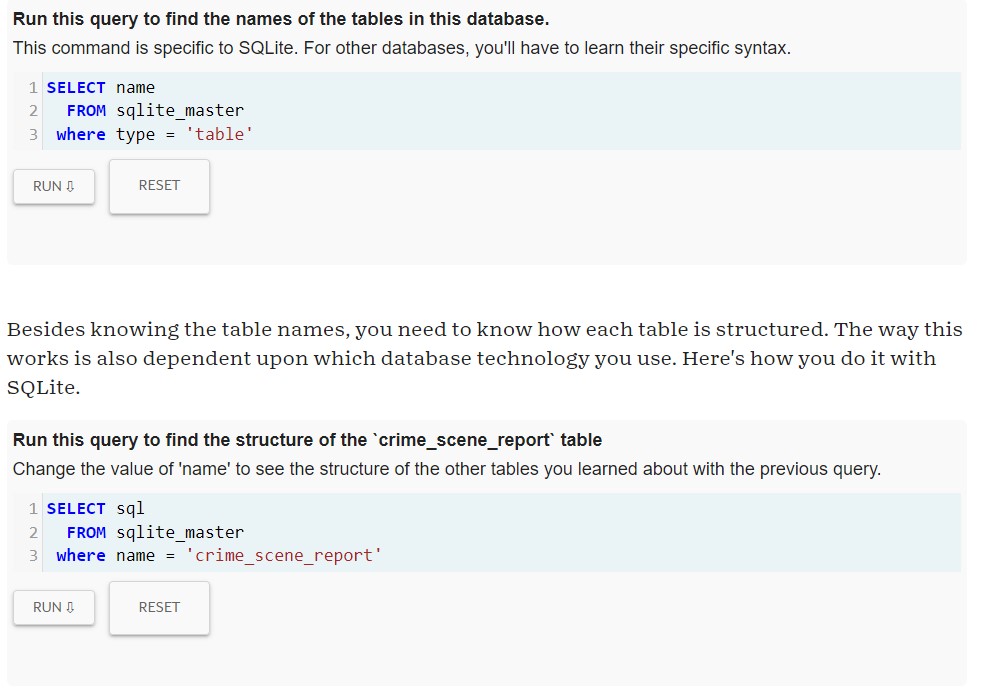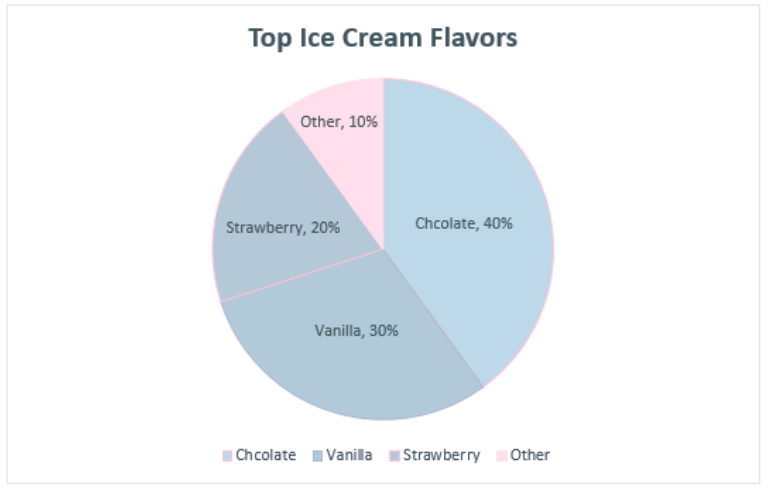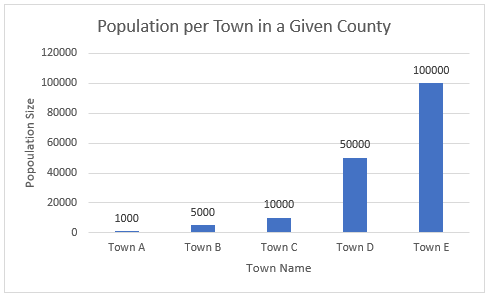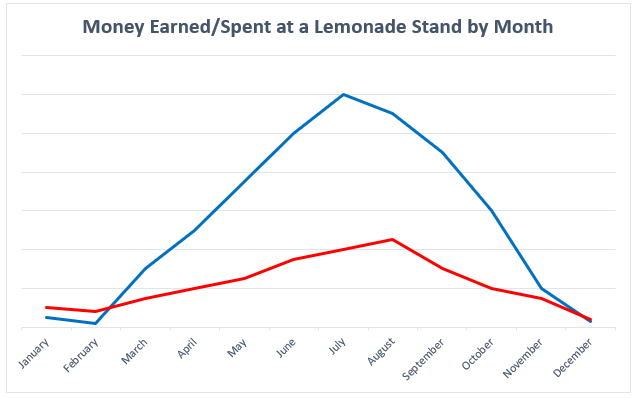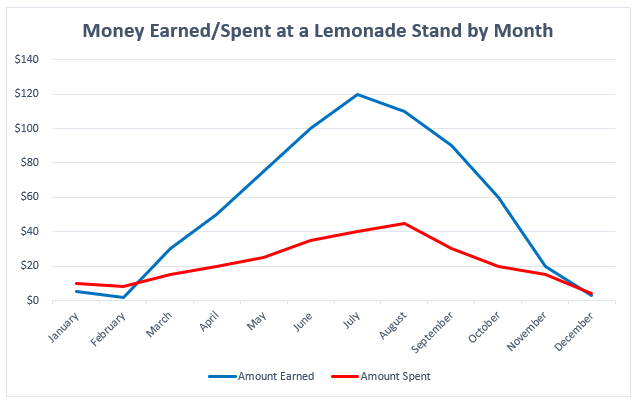In the last twenty years, humanity has become super proficient in collecting data. Therefore, It is no surprise that the skills to analyze that massive collection of data is in ever increasing demand on the job market. For those of us who are worried about future job prospects, learning these in-demand data analysis skills seems like a logical next step, even if they do not fit into our current degree program. Fortunately, the university has a plethora of self-guided resources available for students looking to build their data skills. What better time to use these resources than during the long winter break?! Over the next few weeks, this blog will delve into the available resources that cover the three main skill areas of data analysis: math, coding and software, and visualization.
Before diving into those areas, it is wise briefly look at the foundations of data analysis as well as the resources that will be showcased this month. Take this week to get acquainted with these different resource platforms and learn a few starting skills!
LinkedIn Learning
All UIUC students have access to LinkedIn Learning. Simply login with your NetID credentials, just be sure you are logging into LinkedIn Learning, not the main LinkedIn site. You will have access to a whole trove of high-quality videos and courses designed to help you learn career-building skills. Not only are the videos professional grade, but they often have accompanying exercise files, learning groups, certificates and exams. The collection ranging from short 5-15 minute videos that teach specific function or skills to dozen hours long courses that are designed to give a comprehensive foundation. The best part of using LinkedIn Learning is that the course and certificates completed here are then displayed on personal LinkedIn pages, showing potential employers that users have the skills they are looking for.
- Data Analytics for Students
- This course is for the true data analytics babies out there. This introduction gives users the basic understanding of what data analytics is, the skills users will need to be successful, the software and tools common in the field and what careers in data analytics look like. This 1 hour course is well worth the time for those who aren’t sure where to start their data journey.
- Career Essentials in Data Analysis by Microsoft and LinkedIn
- Discover the skills needed for a career in data analysis. Learn foundational concepts used in data analysis and practice using software tools for data analytics and data visualization. This is a Learning Path made up of 3 different courses that has about 9 hours of content for students to work through on their own schedule. The courses have exams for self-evaluation as well as a final exam that earns users a professional certificate.
- Excel: Managing and Analyzing Data
- We have all put “proficient in Excel” on a resume, but wouldn’t it be nice if that was actually true? Unlike other data analytics courses, this course focuses on one program that most modern users are already familiar with but do not truly harness the power of. This is ideal for baby data analysts as it doesn’t bombard learners with a whole new software ecosystem but still teaches the transferable skills all data analysts use. Running at just under 4 hours, this course efficiently and comprehensively teaches users impressive data analytics skills.
O’Reilly Books and Videos
This is a lesser known resource available at UIUC but it has some great online books and videos that tend to focus on the scientific and technical fields. Logging in is not straightforward, unfortunately. The best way to get there is to go to the Library Catalog’s record for a book offered through O’Reilly (Like this book on Python) and then follow the instructions on this LibGuide to log in. Once you are in, you will see a sizable collection of e-books and courses. The materials skew towards the more experienced users, but there are a few resources that will help baby data folks really develop their skills.
- Microsoft Excel: A Beginners’ Guide to Pivot Tables in Excel
- Nothing will awe non-datatists like a mastery of pivot tables. This 5 hour guide will take true Excel Beginners and turn them into Pivot Table masters.
Library Catalog
Learn data science the old fashion way, with books! There are a lot of books available at UIUC libraries for students who want to teach themselves a new skill. Here are a few choices for people looking for an easy introduction to data analysis. The Scholarly Commons collection is easily accessible and found just to the right of the main entrance to the stacks.
- Numsense! data science for the layman : no math added by Annalyn Ng and, Kenneth Soo
- As the title promises, this introduction to data science is geared towards those of us who have a fear of math. It is highly approachable and intuitively organized to give true data babies the foundation they need to move forward in learning data analytics.
- Data literacy : a user’s guide by David Herzog
- This practical, step by step guide starts users in the field of data analytics with publicly available data and Excel spreadsheets. Herzog provides a gentle yet useful start to data science which can give users the confidence to dive deeper.
Be sure to check back here next week for our next installment, “What’s Math got to do with it?”!








